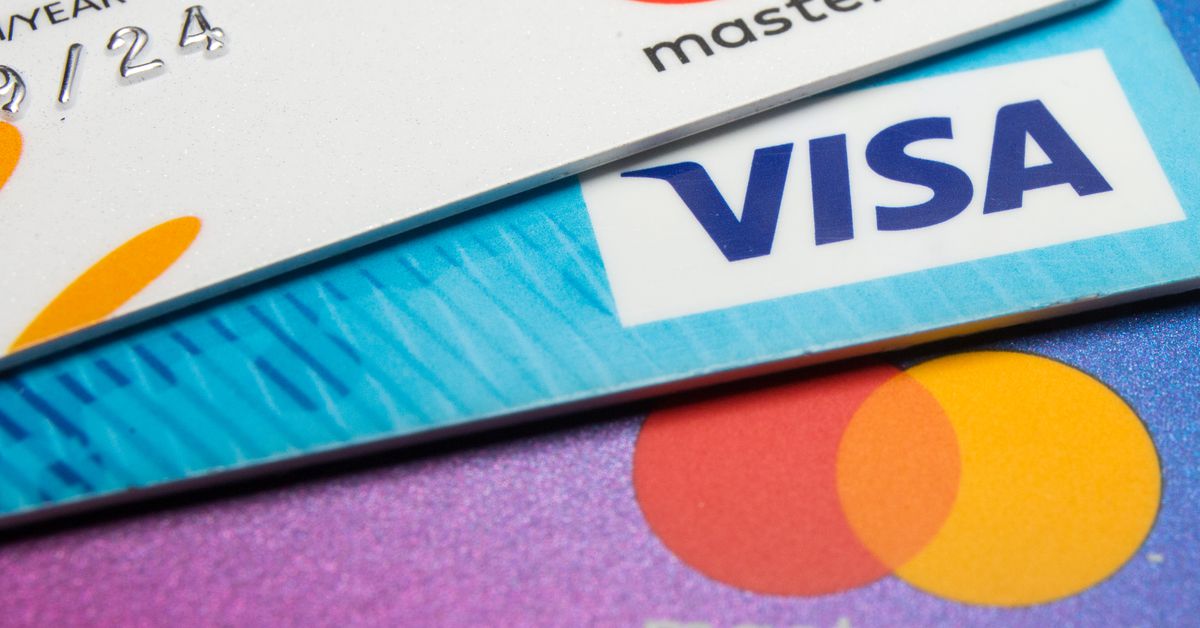The world needs more gadgets like LG’s briefcase TV
The company that usually specializes in premium OLED TVs has produced something refreshingly out of the ordinary. And I already hope it gets a sequel. Continue reading…
/cdn.vox-cdn.com/uploads/chorus_asset/file/25347127/DSCF4030_Enhanced_NR.jpg)
LG’s StanbyME Go is easily the most Inspector Gadget thing I’ve ever reviewed. It’s a 27-inch touchscreen TV that’s built into (and protected by) a large military-grade briefcase — complete with an integrated sound system, HDMI connectivity, and the same webOS software that runs on the company’s regular TVs.
Theoretically, you can bring it anywhere, but at 28 pounds, the StanbyME Go is far from a light load, and it’s a stretch to call it very portable. Road trips are no issue, but I never got bold enough to bring this thing on a flight. For one, I didn’t want to deal with TSA scrutiny over this gadget that looks like a Mission Impossible prop. But the briefcase is too wide to satisfy the carry-on requirements at most airlines, regardless.
But it’s… it’s unique as hell. And that’s what has resonated with me over these last couple months of testing the terribly-named StanbyME Go. You can take this briefcase TV tailgating; you can bring it camping; if you’re traveling somewhere, it can be a mobile entertainment and gaming solution for yourself or the kids. I’ve had friends say they’d be open to using something like this in lieu of a projector in rooms where a permanent TV might be unwelcome. When it comes time to lift it up, that excitement often dampens.
Aside from its heft, the biggest thing going against the StanbyME Go is the $1,200 that LG is asking for what, at the end of the day, is a pretty unremarkable 27-inch LCD panel. It’s a 1080p screen with so-so viewing angles and a peak brightness of 500 nits. That’s more than fine for indoor viewing, and I’ve also found it adequate for most outdoor usage so long as you’re not in direct sunlight. (The display’s anti-reflective coating helps out here big time.) But if you’re judging this thing by display specs alone, paying $1,200 for it would be lunacy. I would go wild for a 4K OLED version of the StanbyME Go, though that would likely rocket its price up into $2,000 territory. The nicheness of this product is inherently part of why it’s more expensive than many would prefer.
The display’s peak brightness of 500 nits is fine in the shade or on a cloudy day.
The claimed Dolby Vision HDR support is laughable, considering this display’s limited brightness. The same goes for the four-channel “Dolby Atmos” speaker system, though I was surprised by its fullness since the audio is coming from drivers unconventionally built into one side of a briefcase. And despite the fact that the speakers are positioned behind the screen when it’s raised, the sound remains clear. Just don’t expect much in the way of immersion or surround trickery here. If you need more impactful sound when tailgating, you can always pair up a large Bluetooth speaker.
At almost 30 pounds, the StanbyME Go can be a chore to lug around.
To see any value in the StanbyME Go, you’ve got to try and appreciate the sum of its parts. That average screen is attached to a very sturdy articulating arm that lets the display be used in three different ways. It can lay flat for touchscreen games like chess or when playing music on the speakers from your phone. Pull the screen up and you can position it in either landscape or portrait orientations; the latter can be useful if you want to mirror your phone and scroll through your TikTok feed — or maybe give a presentation on the road. I rarely bothered with vertical mode, but the versatility is nice.
It can go basically wherever you want.
The 27-inch screen is 1080p and lacks local dimming, but still looks nice enough when you're watching something.
The StanbyME Go is smart enough to automatically turn off its display and power down whenever the briefcase is latched. The hard outer shell is plenty tough — LG claims it has passed 11 different durability tests — and while I never intentionally tried to put LG’s review unit through my own torture test, it certainly took a few bumps during my weeks of testing and even had a minor fall while the case was open with the screen up. It survived all that with no issues. But the ruggedness only goes so far; the StanbyME Go doesn’t offer any water resistance, so be careful if you’ll be using it poolside or near a lake when camping. That’s a big differentiator between this, a TV that can be used outdoors, and actual “outdoor TVs” that can withstand the elements and get bright enough to combat the sun — for much more money than the StanbyME Go.
The StanbyME Go makes for a fun traveling game station — and you get LG’s typical low input lag.
There’s a dedicated cradle for the remote inside the case, and if you pop that off, there’s a section underneath for storing the power cable whenever you don’t need it. The power input is covered by a protective flap, and there’s another that guards the HDMI/eARC port, USB-A port (for media on external drives) and a switch that can turn off the battery to preserve juice when you won’t be using the TV for a while. LG says the StanbyME Go will average around three hours of battery life. In my experience, you can eke out an extra hour if you activate webOS’s energy-saving features, but those usually come at the expense of brightness, which isn’t impressive to begin with.
There are some preloaded games that take advantage of the touchscreen.
Can your OLED TV do bar games this well?
Actually using this briefcase TV feels similar to any of LG’s other models. All the standard picture and sound modes are present. But most LG sets lack a touchscreen. Don’t have the remote handy? You can navigate around with smartphone-like gestures: swipe up from the bottom of the screen to go home or swipe down for the top for quick access to brightness and volume controls.
There’s a single HDMI port, plus a USB-A port that you can plug media drives into.
LG includes a handful of very simple games like the aforementioned chess and bar games like photo hunt. But the novelty of those fades fast, so you’ll want to plug in a console for the real thing. Of course, this means you’ll need to provide power for whatever HDMI devices you’re using, which can get tricky on the go and especially outside. A portable power station would prove super convenient in these situations.
All the popular streaming apps are accounted for in LG’s store, but if you want to watch them from a cabin or tent while camping, you’ll find yourself routinely tethering to your phone for an internet connection.
There’s a four-channel, 20-watt speaker system built into the upper half of the briefcase.
The briefcase is large but easy enough to stash away when you don’t need it.
I’ve got a soft spot in my heart for weird gadgets, which tend to come along rarely nowadays. Most big tech brands play their hands too safely and only release products with mainstream appeal. From that viewpoint, I commend LG for doing something not just a little different but so far off the beaten path. If the StanbyME Go cost a few hundred dollars less, I’d be able to recommend it for reasons beyond the uniqueness factor. It’s weighty but thoughtfully designed. It’s one of those attention-grabbing devices that people will ask questions about whenever they see you using it.
More weird gadgets like this, please.
But the TV that’s packed into this briefcase is merely average — and less so when you consider the price. My hope is that the StanbyME Go won’t prove so niche that LG never gives it a second attempt. Because this first try is unique and often just plain fun. But at $1,200, the simple reality is that most people are better off with a more traditional tablet or portable monitor until LG nails the right formula (and price).
Agree to Continue: LG StanbyME Go
Every smart device now requires you to agree to a series of terms and conditions before you can use it — contracts that no one actually reads. It’s impossible for us to read and analyze every single one of these agreements. But we started counting exactly how many times you have to hit “agree” to use devices when we review them since these are agreements most people don’t read and definitely can’t negotiate.
By setting up the LG StanbyME Go, you’re agreeing to two mandatory agreements:
It’s technically possible to bypass these agreements, but doing so will disable you from being able to install apps and updates via LG’s webOS store.
There are also optional permissions you can grant, including the Viewing Information agreement, which allows LG to collect info about how you interact with the StanbyME Go. Another optional one is the Interest-Based & Cross-Device Advertising agreement that allows LG to tailor apps, services, and other content to your interests as well as use that info to customize what you see on other devices.
Final tally: two mandatory agreements and two optional agreements.
Photography by Chris Welch / The Verge

 Koichiko
Koichiko 































